For dogs acting like the rulers of chaos, behavior modification training may be the answer. This method reshapes their bad habits without yelling, stress, or outdated tricks. Think building better routines with clear communication and rewards.
Got leash reactivity? Random zoomies at 2 a.m.? Sassy barks at the delivery guy? With the right behavior modification techniques, your canine sidekick can ditch those undesirable behaviors and pick up some serious manners.
Every dog can learn with the right coaching. Ready to step up to the plate? Let's go!
What Is Behavior Modification Dog Training?

Behavior modification training teaches dogs new ways to act by changing how they think. This approach dives deep into why they act out in the first place. It's not your old-school obedience class where a dog sits, gets a treat, and calls it a day.
Traditional training focuses on commands. The behavior modification process focuses on habits. It targets the root of the unwanted behavior, whether it's fright, frustration, or just plain confusion. You're not raising a robot but shaping a smart, confident companion.
Why Choose Behavior Modification for Your Dog?
The behavior modification strategy gives you tools to work through deeper stuff, like that epic meltdown every time the mail carrier shows up. It's about understanding your dog and giving them better ways to deal.
- Addressing Specific Behavioral Issues. Whether it's aggression, fear of being alone, or jumping on guests like they're trampolines, this training tackles it. You don't just teach them what not to do; you show them what to do instead.
- Creating a Stronger Bond Between You and Your Dog. You become more than just the snack dispenser. You're a leader, a comfort zone, and the person who actually gets them. That kind of connection is a game-changer.
Common Behavioral Problems Addressed With Behavior Modification
From barking like the world's ending to freezing up in terror, behavior modification training tackles the why behind the chaos. Think of it as emotional coaching for dogs. You're targeting the problem at the source and replacing it with the desired behavior that actually works in your world.
The best part: This approach works for puppies, adult canines, and even those stubborn seniors who think they know it all. Let's break down the big issues next!
Aggression and Reactivity in Dogs
Dogs may lunge, growl, or snap, but it doesn't mean they're mean. They're often nervous, overwhelmed, or unsure how to react. Behavior modification helps dial back those triggers and teaches better responses.
Leash reactivity and sudden barking when other animals walk by? Totally fixable. This training rewires those intense moments using techniques like counterconditioning and redirection. You replace the drama with calm behavior that actually sticks. Even big barkers and growlers can turn into chill sidekicks with a little work and a lot of rewards.
Separation Anxiety and Destructive Behavior
Separation anxiety shows up loud and messy. Think chewed-up shoes, howling concerts, or scratched doors. It's not drama; it's distress.
Behavior modification can help your pup feel safe when you're not around. The process uses positive training, structured routines, and slow, steady independence-building. You're telling them, "Hey, I'll be back. No need to panic." With the right steps, your companion can relax and leave your furniture in one piece. Well… most of the time.
Fear-Based Behaviors and Phobias
Fear-based behaviors can sneak up in all kinds of ways, from trembling to hiding or barking nonstop. Fearful dogs may freak out at thunder, skateboards, or even the vacuum like it's out to get them.
Behavior modification works to change how your pooch feels about scary stuff. You're basically showing them it's not a threat. Desensitization and counterconditioning help replace those anxious behaviors with tamer reactions. Brave dog energy incoming!
Excessive Barking and Jumping
Some dogs bark like they're narrating your entire life. Others greet you with flying leaps that would impress an Olympic gymnast. They may be cute, but they're also chaotic. These are classic signs of learned behavior that need a little tweaking.
Behavior modification helps tone it down without crushing your dog's spirit. You show them that being quiet or keeping four paws on the floor gets them more of what they want: attention, treats, and playtime. With the right combo of rewards and follow-through, your pup can transform from wild to well-mannered.
Key Techniques in Behavior Modification Dog Training
Behavior modification uses real tools that reshape your dog's behavior without shouting matches or physical punishment. Here's what you have to master:
- Positive Reinforcement and Reward-Based Training. Treats, toys, and praise? Yes, please! This approach rewards desirable behavior, making your pup want to repeat it.
- Negative Reinforcement and Redirection. Remove the pressure once your pet responds the right way. You're guiding (not scaring) them into making better choices.
- Desensitization and Counterconditioning. Slowly expose your dog to triggers with snacks and serene vibes. Over time, the scary stuff won't be so scary anymore.
How To Start Behavior Modification Training With Your Dog

To kick off behavior modification training, you need a plan, some patience, and a pocket full of goodies. Start by getting clear on what you want to change. Then, build routines that support your dog's success. Keep sessions short, sweet, and fun. Your pup should look forward to learning, not dread it.
Ready to jump in? Good. The next few sections will help you set goals, pick the right tools, and map out a training plan that actually works.
Setting Clear Goals and Expectations
Before you teach your dog anything, get a solid idea about what you want. The clearer your expectations, the easier it is for your pup to succeed. Vague goals like "be better" won't cut it. Instead, aim for specific wins, like "no barking at the door" or "walks without pulling."
Break big goals into smaller steps. If your furry friend freaks out when other dogs pass by, start by just looking at them calmly. Baby steps are still steps. Every win counts, even if it only lasts a few seconds at first.
Choosing the Right Training Tools and Techniques
The right tools will bring you a step closer to success. Think leashes with control, snack pouches for quick rewards, and a clicker to mark the exact moment your dog nails it.
Choose tools that match your pet's behavior and learning style. If you have a jumper, a front-clip harness is a great choice. If you're working on leash reactivity, treats, distance, and repetition go a long way. What matters most isn't the gear per se but how you use it. A little creativity doesn't hurt.
Creating a Structured Training Plan
Dogs thrive on structure, and a clear plan keeps you both on track. Set a schedule with short sessions. And remember that consistency beats marathon training every time. Winging it won't work.
Pick one behavior at a time to work on. Start simple and build up. Don't overwhelm your pooch with ten new rules in a day. Keep things clear, focused, and repeatable.
Write it down if you need to. Track what works and what doesn't, and adjust as you go. Training without a plan is just chaos with snacks. You're aiming for progress, not confusion.
How To Use Positive Reinforcement in Behavior Modification
Positive reinforcement is the gold star of dog training. It means rewarding the behaviors you want, so your dog repeats them. Think of it less as bribing and more as timing, consistency, and letting them know they did great. Treats, toys, play, and praise all count as rewards. Use what your dog likes best.
Let's break down how to use those rewards like a pro and make desirable behavior their new default. Because being good should feel just as awesome as belly rubs!
The Power of Treats, Praise, and Play
Dogs love rewards. Some light up for a squeaky toy or a good belly scratch, while others prefer yummy snacks. The secret is using what your pup loves to reinforce good actions quickly.
Praise works, too. Your voice can be a reward if it's upbeat and excited. You can also mix things up. Toss a treat, then follow it with a "good job!" and a quick game. Keep rewards fresh so your training partner stays excited to earn them.
Timing is everything. Reward the right behavior the moment it happens. Even waiting a few seconds too long can confuse your pup. Be fast, be fun, and make it count.
Reinforcing Good Behavior Consistently
Consistency is the secret sauce. Dogs learn faster when they know exactly what gets them the good stuff. If you reward "sit" today but ignore it tomorrow, your pup's going to be like, "Wait… what are we doing?"
Everyone in the house needs to be on the same page. If one person rewards jumping and another scolds it, your pet's just confused. Pick the rules and stick to them like your four-legged friend sticks to your side when you're holding bacon.
Repetition builds habits. Reward the same behaviors in the same way every single time. Before you know it, good behavior becomes second nature to your canine companion.
Managing and Correcting Problematic Behavior
Bad behaviors mean something. Maybe your dog's scared, bored, or testing boundaries. Behavior modification helps you step in and shift that energy in the right direction. Instead of yelling or getting physical (major nope), you'll redirect and teach better choices.
The goal is to correct undesirable behavior without causing more upset. Less "no" and more "do this instead." It's about guiding your bestie to make better decisions, one habit at a time. Up next, we'll discuss handling the big stuff, like aggression, fear, and emotional meltdowns.
Handling Aggressive Behaviors Safely
Aggression is usually a sign your dog feels unsafe or unsure. Snapping, growling, or biting are last resorts when they don't know what else to do. Your job is to present better options.
Watch for warning signs, such as body posture, facial expressions, and tail twitches. These are clues your pup's feeling tense. Catch it early, stay calm, and redirect with something they enjoy.
Skip the tough love. Use positive training and the appropriate intensity to stay in control without creating more fear. Safety first for your dog, for you, and for everyone around you.
Reducing Anxiety and Stress Through Training
Nervous dogs act out because they don't know how to cope. Pacing, whining, and hiding behind the couch scream, "I don't feel okay." Training helps them feel safe, confident, and chill even when things get weird.
Start slow. Keep sessions short, peaceful, and positive. Use snacks, clicker training, and gentle exposure to build trust and show them that nothing scary is happening. The behavior modification process doesn't erase upset feelings overnight, but it helps your pooch replace worried thoughts with appropriate behavior that sticks.
The Benefits of CBD for Aggression, Stress, and Fear in Dogs

Want something to help calm the chaos and usher in learning? CBD (cannabidiol) is a plant-based natural remedy that supports dogs dealing with fear, nervous energy, or aggressive behavior. It may help promote a sense of tranquility without making your pup drowsy or zoned out. Just relaxed, alert, and more in control.
CBD works by supporting your dog's endocannabinoid system (ECS), the one that helps regulate mood, sleep, and stress response. Paired with behavior modification, it may help ease tension and make training smoother, especially for canines that get worked up easily.
Here at HolistaPet, we offer soothing CBD products made just for dogs. Check out our collection and find what your furry bestie likes best. We've got CBD Calming Soft Chews, CBD Dog Treats for Anxiety, Broad-Spectrum CBD Oil, CBD Capsules, and more that you can choose from.
The Role of Consistency and Patience in Behavior Modification
Training is a daily vibe, not a weekend fix. Consistency and patience are what turn chaotic pups into chill, confident pros. You've got to show up with the same energy every time because your dog's counting on it.
Repetition helps your dog learn quickly. But the real magic is staying cool when it feels like nothing's working. Progress comes in baby steps, not giant leaps. Celebrate the small wins, even if it's just them not losing it over a squirrel. If you bring patience, your pup will bring progress.
Sticking To the Plan and Setting Realistic Expectations
Sticking to the plan means repeating the same cues, routines, and rewards until your dog gets it. No switching things up every other day. Our canine friends learn through patterns, and you're the one setting them.
Set goals that make sense for your dog, not the superhero pup on social media. Realistic expectations = less stress and way more wins. Your dog isn't going to become a perfect angel overnight, and that's okay.
Celebrate small progress, too. That one time they didn't bark at the neighbor? Big deal. Keep showing up, keep following through, and your training partner will catch on quicker than you think.
Avoiding Common Pitfalls and Mistakes
If your dog's training isn't working, there's probably a reason, and it usually starts with us, not them. Here's how to dodge the biggest mistakes:
- Inconsistent Rules. Saying "no jumping" one day and then giggling when they leap the next gives mixed signals. Stick to one message and make sure everyone in the house does the same.
- Expecting Instant Results. Be patient. Progress can take time, especially with bigger behavior problems.
- Using Harsh Methods. Physical force or yelling adds fear. A positive approach works better and builds trust.
- Ignoring Your Own Energy. Dogs read posture and tone. If you're tense, they'll feel it. Stay calm, confident, and clear.
Do You Need a Professional Behaviorist?
Sometimes, no matter how many goodies you toss or how patient you stay, your dog's behavior still feels like a full-blown mystery. That's when calling in a pro might be the smartest move. If your dog's showing aggressive behavior, extreme fear, or isn't responding to your training, it's okay to ask for help.
A certified dog trainer or behaviorist has the experience to spot things you might miss. They'll tailor the process to your pet's specific needs, not just throw out generic advice. Look for someone who uses positive reinforcement, knows how to read body language, and understands how dogs actually learn. Your cherished companion deserves that level of support.
Final Thoughts on Behavior Modification Dog Training
Behavior modification training gives your furry friend the tools to thrive. From reactivity to nervous energy, this training style meets your pup where they are and helps them level up with kindness and clarity.
You don't need to be a pro. You just need a plan, patience, and maybe a pocket full of treats. And when you need a little backup, products like HolistaPet's soothing CBD goodies can be a real game-changer for emotional support along the way.
At the end of the day, you're not just training a dog; you're building a better relationship. And that's absolutely worth it.



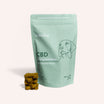


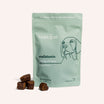
![Probiotics For Dogs [Soft Chews] - HolistaPet](http://www.holistapet.com/cdn/shop/files/Probiotic-Infographic-1_472d7a29-e30c-435a-9638-1365d8c3a9f9.jpg?v=1725384841&width=104)
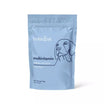








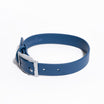
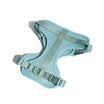
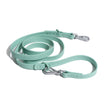

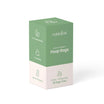
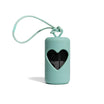

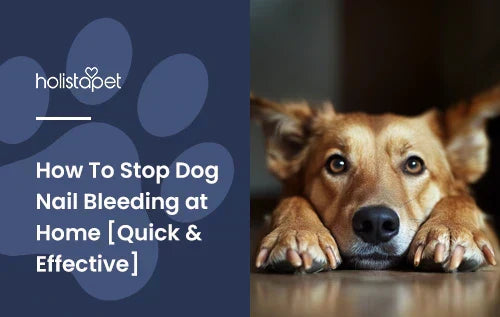
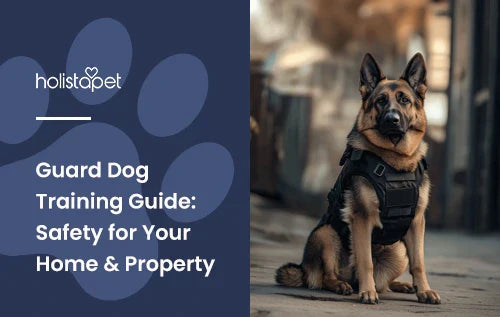
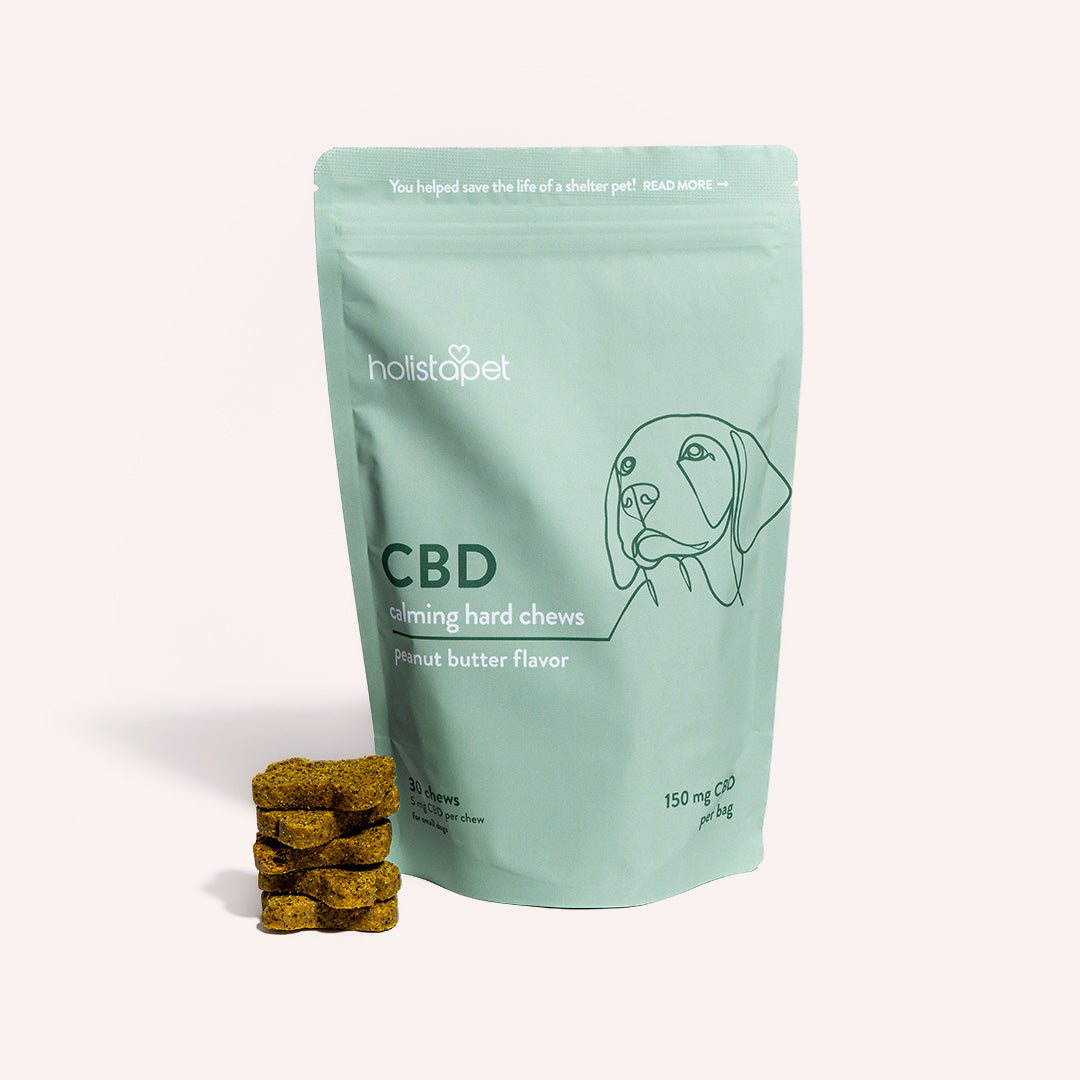


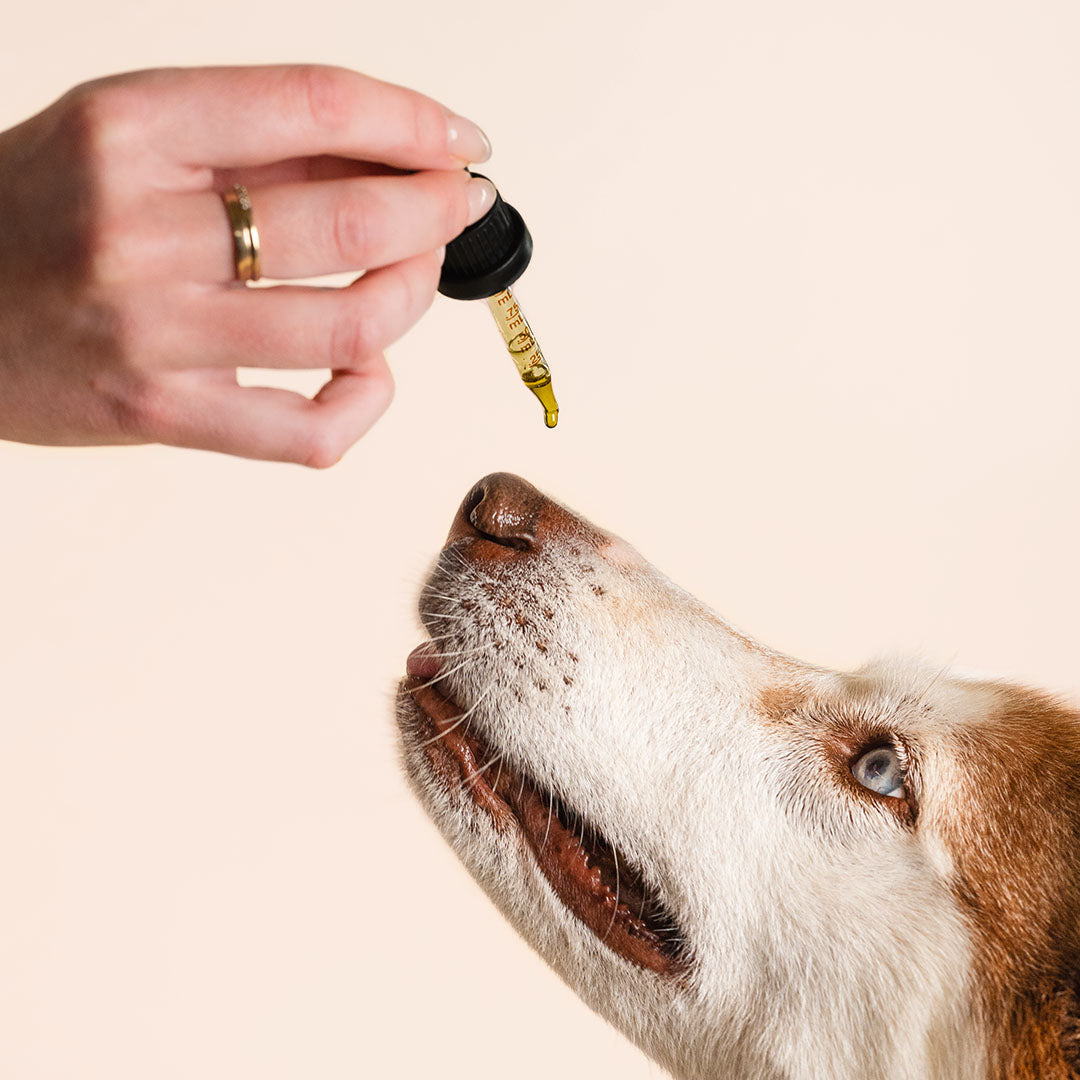


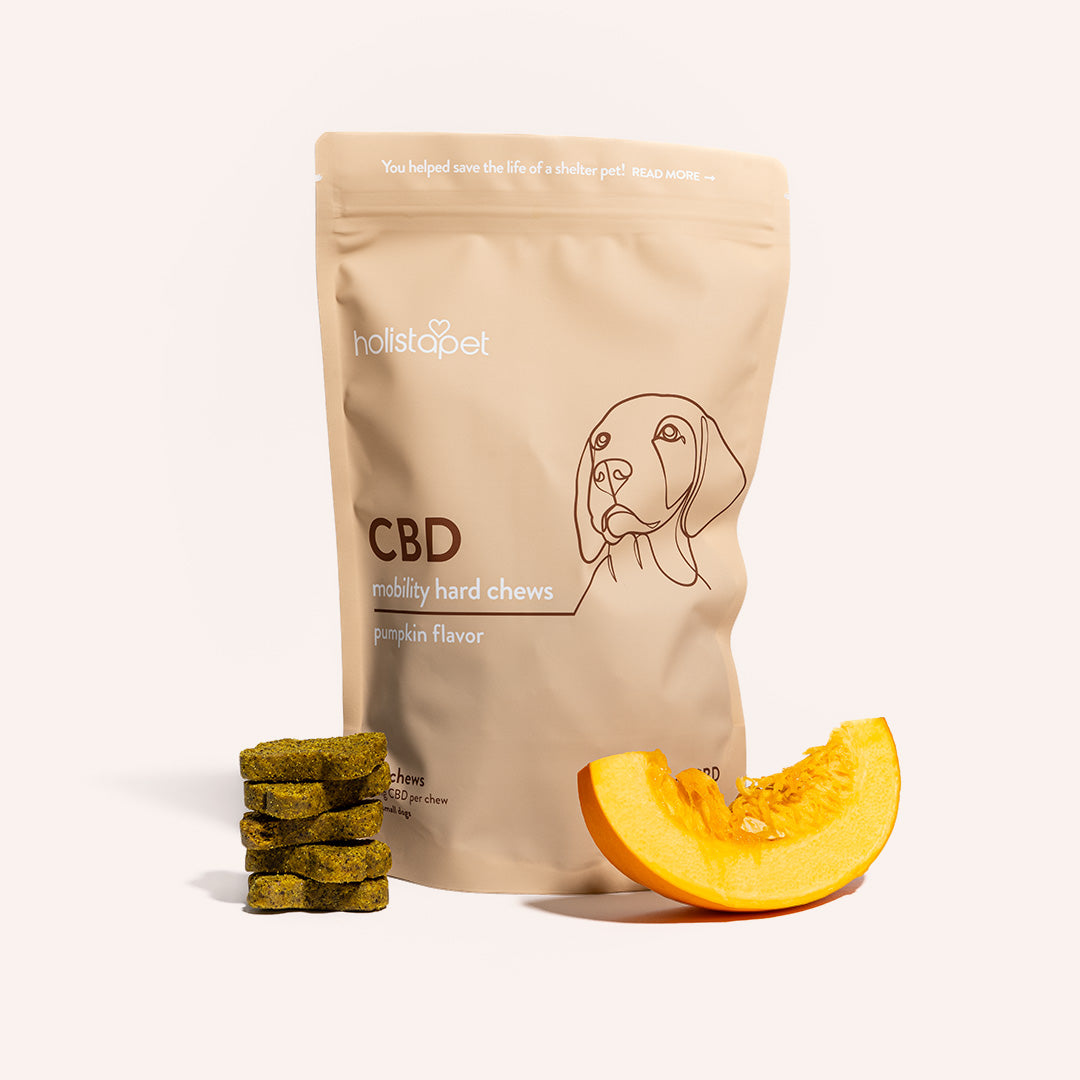


Leave a comment
All comments are moderated before being published.
This site is protected by hCaptcha and the hCaptcha Privacy Policy and Terms of Service apply.